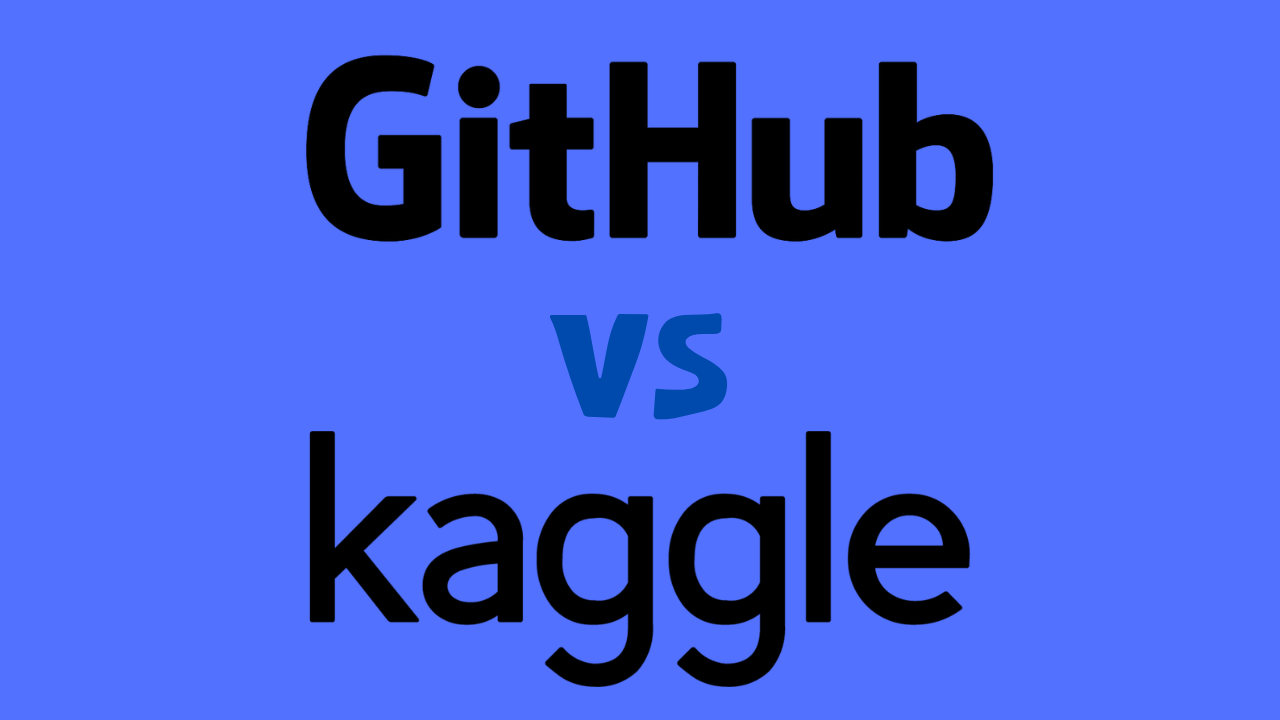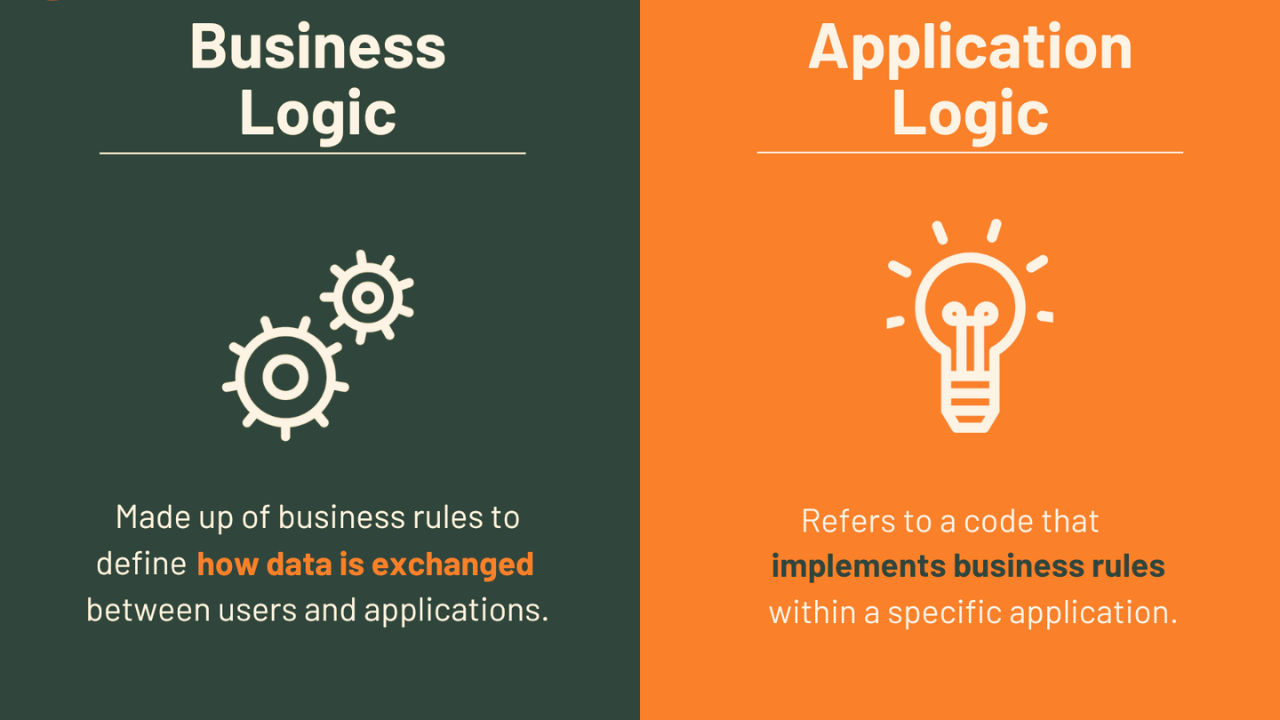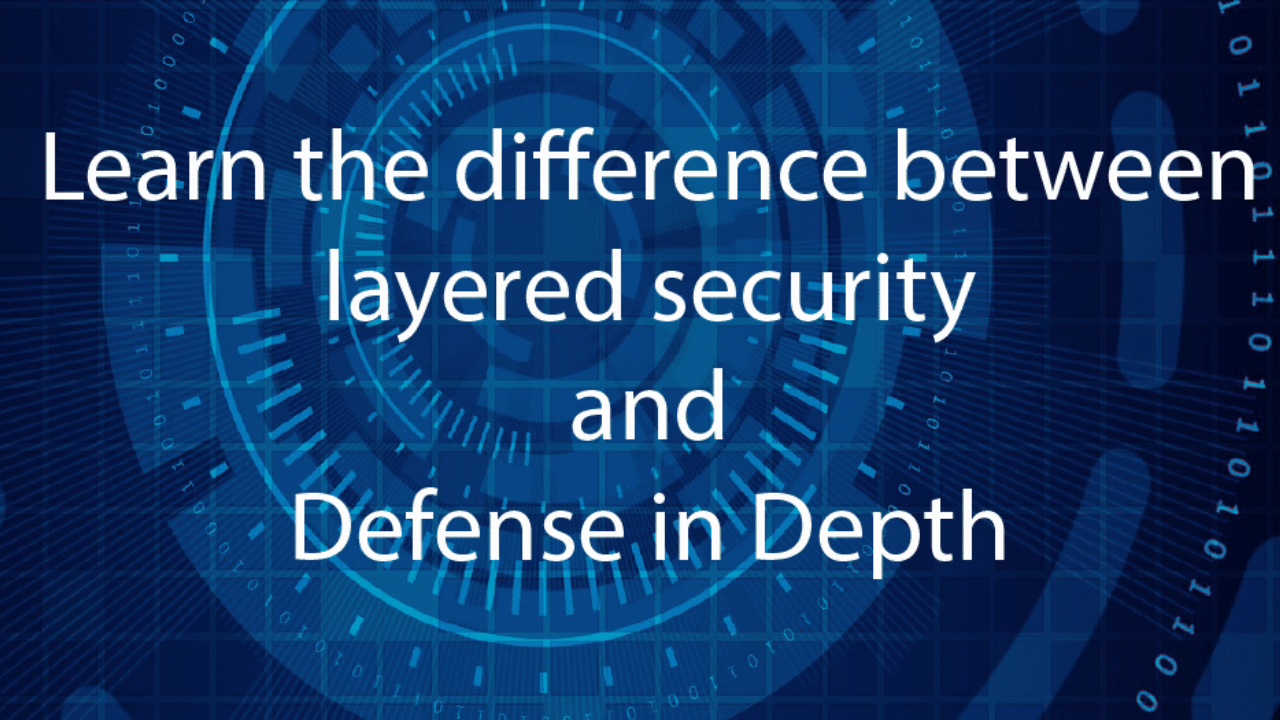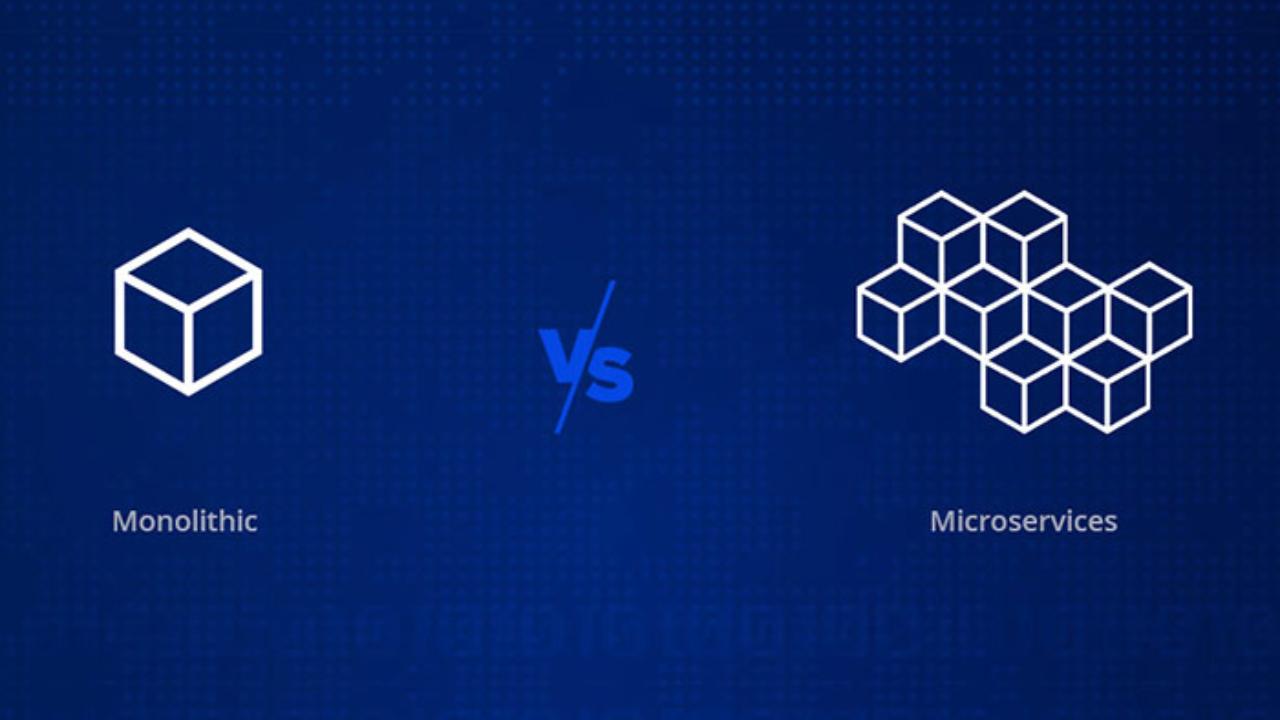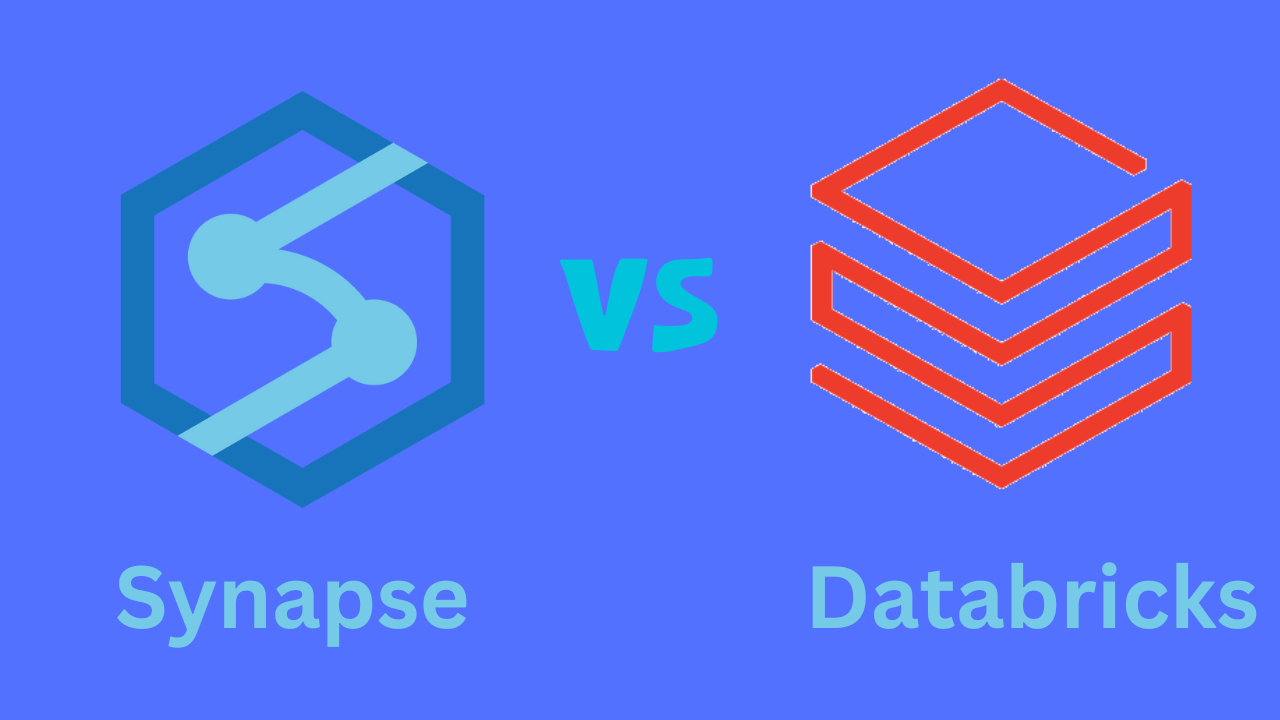As software development continues to evolve, microservices architecture has emerged as a popular approach for building complex applications. By breaking down large applications into smaller, independent services, microservices architecture offers greater flexibility, scalability, and resilience. However, designing and implementing a microservices architecture can be challenging, and there are many best practices to consider.
In this article, we will explore some of the key best practices for microservices architecture, including domain-driven design, containerization, continuous integration and delivery, and more. Join us as we dive into the world of microservices and discover how to build better software.
What are Microservices Architecture?
Microservices architecture is a software development approach where a large application is broken down into smaller, independent services that can be developed, deployed, and scaled independently. Each microservice is designed to perform a specific business function and communicates with other microservices through APIs. This approach allows for greater flexibility, scalability, and resilience in software development.
Kaggle vs Jupyter: Which One Suits Your Data Science Needs
10 Best Practices for Microservices
1. Domain-driven design:
Domain-driven design is a software development approach that emphasizes the importance of understanding the business domain in which the software operates. By designing microservices around specific business domains, you can ensure that each microservice is focused on a specific business function and can be developed, deployed, and scaled independently. This approach also helps to reduce the complexity of the overall system, making it easier to manage and maintain.
2. Containerization:
Containerization tools like Docker allow you to package and deploy microservices independently, without worrying about dependencies or conflicts with other services. This makes it easier to manage and scale microservices in a distributed environment. Containerization also provides a consistent environment for each microservice, which helps to reduce the risk of errors or bugs in production.
3. API Gateway:
An API Gateway acts as a single entry point for all requests to your microservices. It manages and routes requests to the appropriate microservices, and can also handle tasks like authentication, rate limiting, and caching. This approach helps to simplify the overall architecture of your system, making it easier to manage and scale.
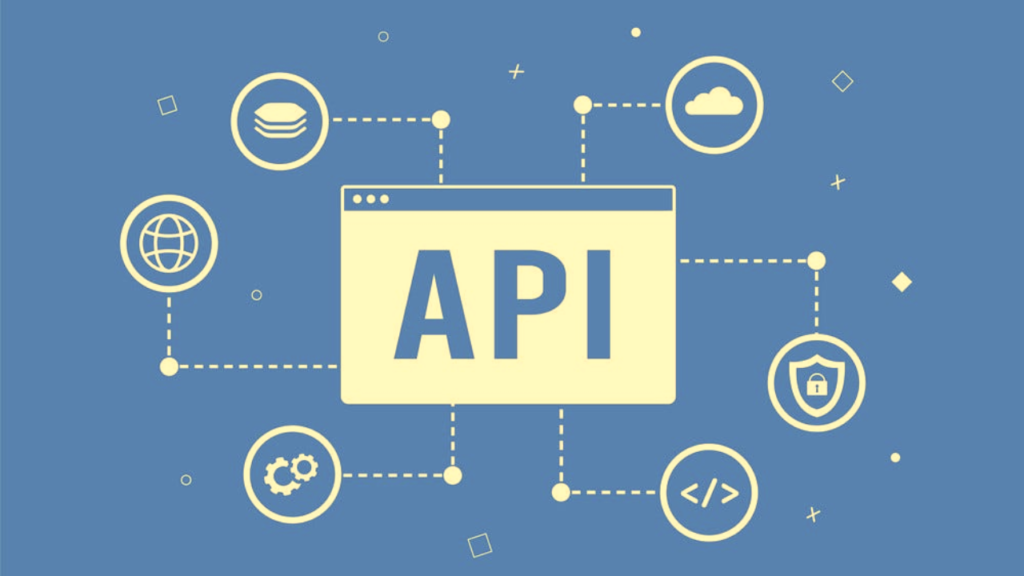
4. Service Registry and Discovery:
A service registry and discovery tool like Consul or Eureka allows you to manage and discover microservices in a distributed environment. This makes it easier to scale and manage microservices, and ensures that each service can find and communicate with other services. Service registry and discovery also helps to reduce the complexity of the overall system, making it easier to manage and maintain.
5. Continuous Integration and Delivery:
A CI/CD pipeline automates the build, test, and deployment of microservices. This ensures that each microservice is tested and deployed quickly and reliably, and reduces the risk of errors or bugs in production. Continuous integration and delivery also helps to improve the overall quality of your software, making it more reliable and easier to maintain.
Datacamp vs Codecademy: Which Platform is Right for You?
6. Decentralized Data Management:
Decentralized data management ensures that each microservice has its own data store, rather than sharing a single database. This makes it easier to manage and scale microservices independently, and reduces the risk of data conflicts or inconsistencies. Decentralized data management also helps to improve the overall performance of your system, making it faster and more responsive.
7. Fault Tolerance:
Designing microservices to be fault-tolerant and resilient to failures is essential in a distributed environment. This involves using techniques like circuit breakers, retries, and timeouts to ensure that microservices can handle failures gracefully.
8. Security:
Implementing security measures like authentication and authorization is essential to protect microservices from unauthorized access. This involves using techniques like OAuth, JWT, and SSL/TLS to secure microservices and their APIs.
9. Monitoring and Logging:
Monitoring and logging tools like Prometheus and ELK allow you to track the performance and behavior of microservices in real-time. This makes it easier to identify and troubleshoot issues, and ensures that your microservices are performing optimally.
10. Team Organization:
Organizing development teams around microservices ensures that each team is responsible for a specific microservice. This makes it easier to manage and scale microservices independently, and ensures that each team has the necessary skills and expertise to develop and execute the program.
Final Thoughts!
In conclusion, microservices architecture offers a flexible, scalable, and resilient approach to software development. By following best practices like domain-driven design, containerization, API Gateway, service registry and discovery, continuous integration and delivery, decentralized data management, fault tolerance, security, monitoring and logging, and team organization, you can design and implement a microservices architecture that meets the needs of your business.
These best practices help to reduce the complexity of the overall system, improve the quality and performance of your software, and make it easier to manage and maintain. With the right approach and tools, microservices architecture can help you build software that is more reliable, efficient, and responsive.


